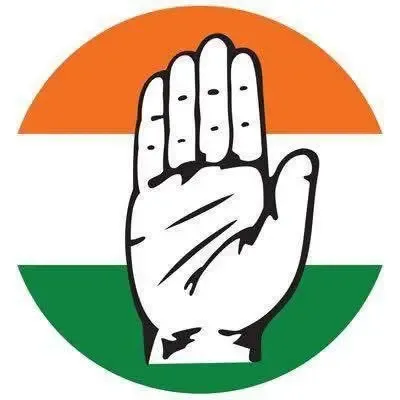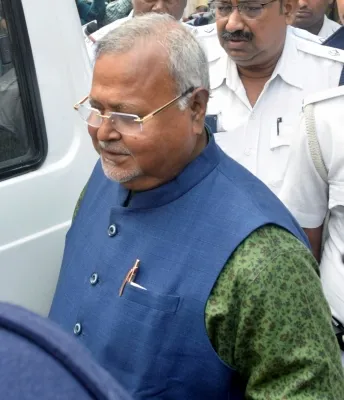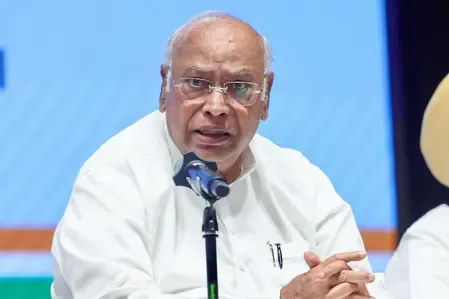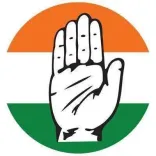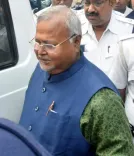How are Strikers Impacting Rail and Road Traffic in Bengal?
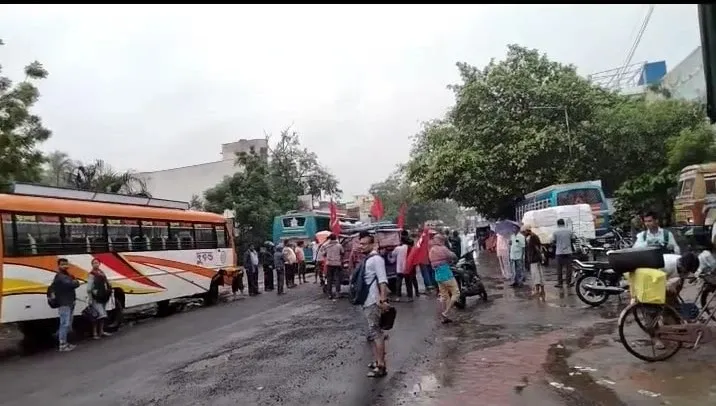
Synopsis
Key Takeaways
- Nationwide protests led by trade unions are causing significant disruptions.
- Major road and rail blockades reported across West Bengal.
- Scuffles between police and strikers highlight rising tensions.
- Banking and transport services are heavily impacted.
- Understanding the underlying issues is crucial for resolution.
Kolkata, July 9 (NationPress) A nationwide demonstration initiated by 10 central trade unions and their affiliates on Wednesday has disrupted various regions in West Bengal during the initial hours of the strike, leading to reports of both road and rail blockages.
There were also instances of confrontations between police and demonstrators, as law enforcement took action to clear protesters attempting to obstruct transportation routes. The impact of the protests was notably felt in specific areas of the state capital, Kolkata, where demonstrations took place.
In Jadavpur, located in South Kolkata, protesters set fire to tires on the streets. Various processions were organized in support of the strike across different neighborhoods, including Jadavpur, Ganguly Bagan in South Kolkata, and Lake Town in North Kolkata.
Demonstrators in Lake Town also participated in road blockades. Minor clashes occurred between the police and protesters as law enforcement intervened.
Reports of rail blockades emerged from several areas within the state, including Lalgola in the Murshidabad district, Durgapur in West Burdwan district, Domjur in Howrah district, and Bandel in Hooghly district, among others.
Rail operations, particularly in the main and southern sections of the Sealdah division of Eastern Railways, faced significant disruptions after 8 a.m. In addition to rail blockades, protesters hindered train movement by tossing banana leaves onto overhead wires.
The banking sector was severely impacted, with nearly all branches, both private and public, shuttered. Many ATMs were also out of service.
Domjur, located in the Howrah district of West Bengal, became the focal point of tension during the general strike, resulting in multiple altercations between strikers and police. Authorities were compelled to use mild lathi-charges to disperse demonstrators who obstructed roads, causing heavy congestion.
At Bandel station in the Hooghly district, train services were disrupted for several hours due to a railway blockade by protesters. Police later cleared the blockages, and normal train operations resumed by 10 a.m.
In Balurghat, located in the South Dinajpur district, groups of strikers blocked the Balurghat-Malda state highways, leading to significant traffic congestion.

